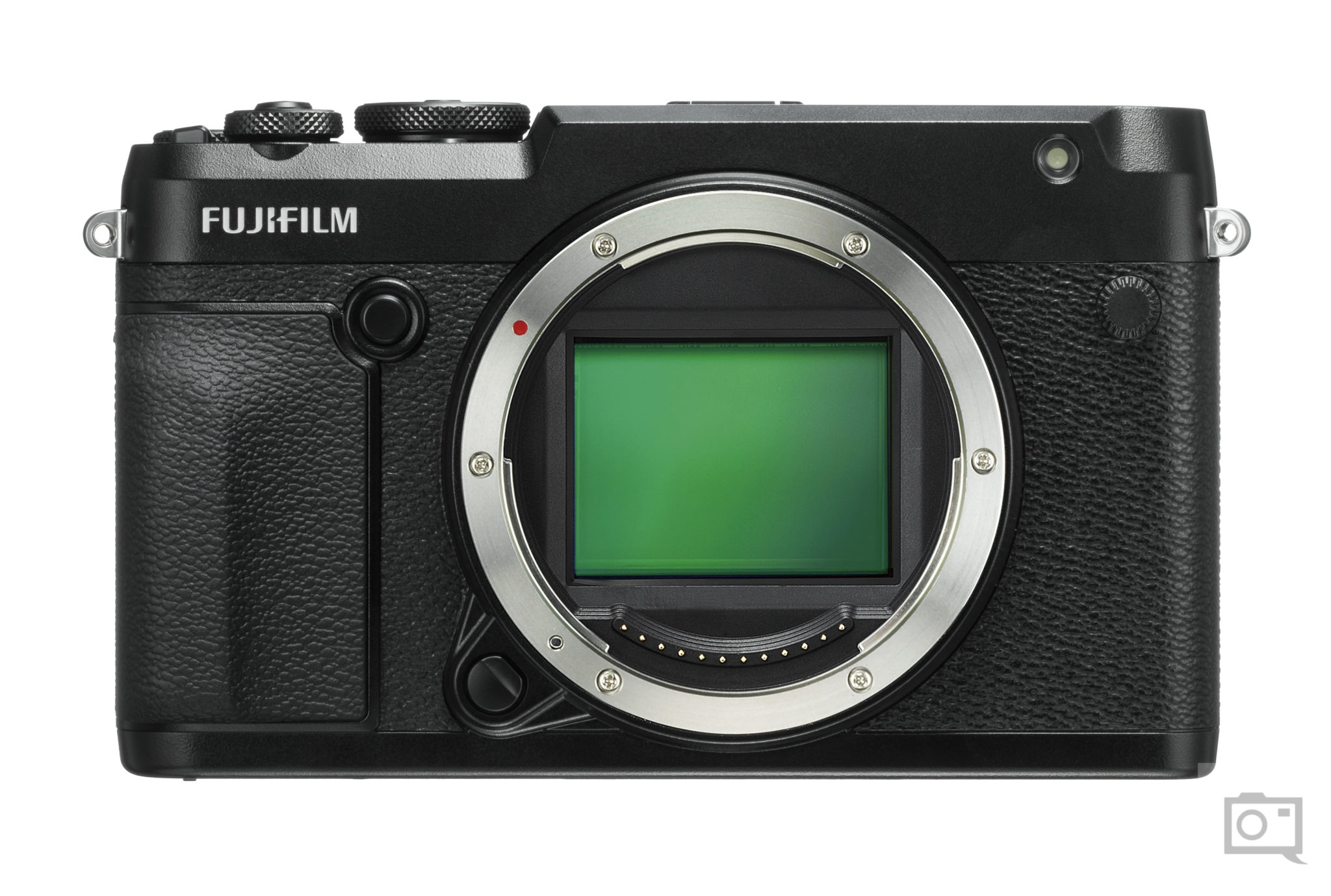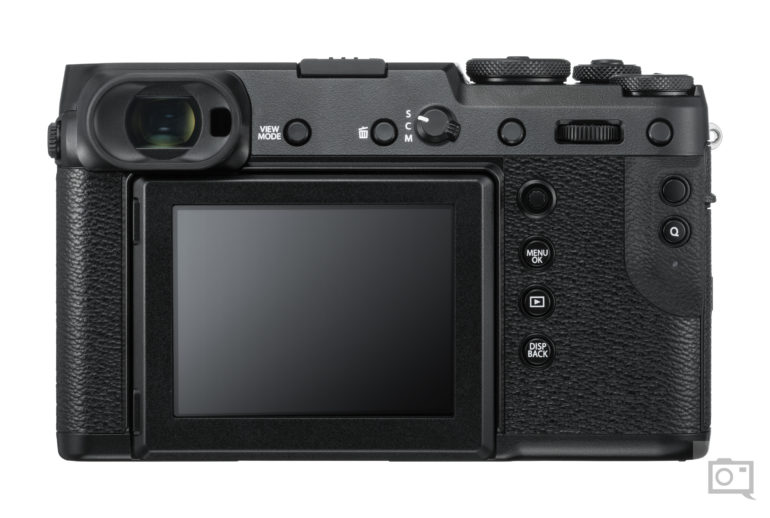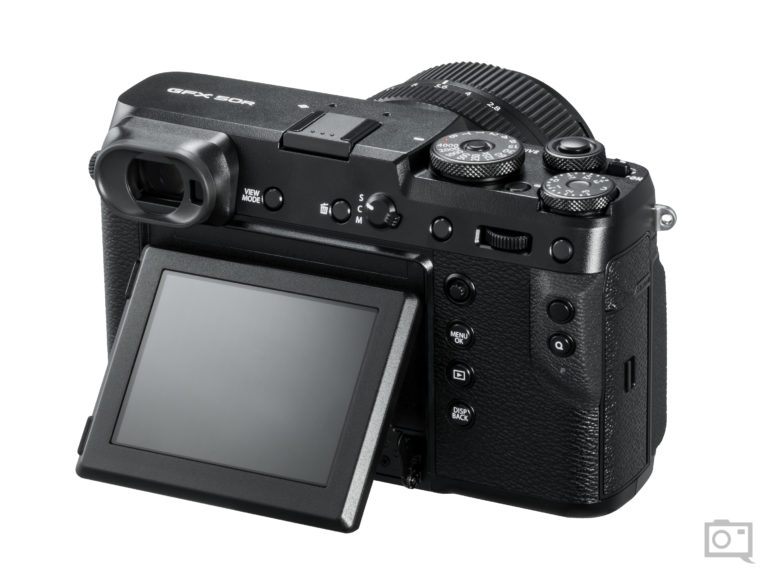Last Updated on 10/24/2018 by Mark Beckenbach
Editor’s Note: We made a big mistake in a previous version of this article. The GFX 100 is what we asked about, and not the 50R in regards to the X Trans sensor. We apologize for the decaffeinated lack of correction.
If the Fujifilm GFX 100 has a 100MP Medium Format X-Trans sensor, then things could really, really change.
At Photokina 2018, Fujifilm gave many photographers what they wanted with the new Fujifilm GFX 50R rangefinder style camera. This camera comes two years after the first entry into medium format for Fujifilm, the Fujifilm GFX 50s. During the presentation, it seemed like the Fujifilm GFX 50R was more or less similar to the 50s but with a different style of body. After all, Fujifilm tends to do this with their X-T and X Pro lines. So to that end, it’s fair for photographers to assume that the two sensors will be the same.
But according to Justin Stailey, Senior Manager of Product Development for EID North America, their newer, higher-end GFX 100 could be much different, and not just for the image stabilization. The Phoblographer reached out for a bit more clarification about the new camera and their integration into Capture One. Despite short answers, we were able to get a bit more insight into the system.
Phoblographer: Will Capture One provide better editing experiences and more versatility of Fujifilm’s RAW files than Lightroom does?
Justin: Adding support in Capture One gives our users more choices for the software they can use to shoot tethered, or process our raw files.
Phoblographer: How will applying the film simulations work?
Justin: The film simulations will be supported by future versions of Capture One. Please refer to here for more information.
Phoblographer: Why did Fujifilm choose to remove the ISO dial from the GFX 50R?
Justin: The GFX 50R was designed to be a smaller more compact camera, easier to carry around than the GFX 50S.
Phoblographer: Why isn’t the GFX 100MP sensor an X-Trans sensor?
Justin: I don’t think we said that it was or was not X-Trans. but…in Medium Format, the Bayer Sensor has proven to provide excellent image quality.
In conversations with both Fujifilm and Capture One, they’re still not totally sure how the integration of Film Simulations will take place. However, considering Capture One’s better RAW file editing engine, we’re pretty excited to see how it comes out. If the sensor is indeed X-Trans, then I think this will be huge for Fujifilm in the medium format world; the images will be THAT much better. That’s not to say the images aren’t great already; they’re fantastic and can surpass what full frame 35mm sensors can do. But X-Trans is really something special when it comes to color rendition. The look of medium format Astia slides (when it was around) and to be able to hold the slides up to a light source and see exactly what they looked like was really something special. Doing that now with Provia or Velvia carries on that tradition in ways. To that end, getting a similar look in medium format, or something more akin to what the X-T3 is doing (though better), would be fantastic.
As it is, they’re soon going to be releasing the world’s first 100MP medium format sensor camera with image stabilization. From sources that we’ve talked to, they claim that Fujifilm also had to develop the image stabilization from scratch. If that’s the case, that would be amazing and quite a feat.




